Estuaries are one of the most intensively used areas of New South Wales. They have significant environmental, cultural, social and commercial values as well as providing critical habitat and vital ecosystem services for plants, animals and ecosystems.
Environmental values
Estuaries provide vital environmental functions and values. For example, they:
- provide many different habitats, including seagrass meadows, mangroves, saltmarshes, mudflats, sandflats, rocky shorelines, rocky reefs, oyster reefs, sandy shorelines and beaches and deep open water areas
- support incredible biodiversity, including fish, shore birds, prawns, crabs, shellfish, marine mammals, reptiles, algae and specialised plant species
- act as breeding places and nurseries for many estuary and marine species
- provide essential ecosystem services such as food provision, carbon storage, filtering nutrients and sediment in runoff from the surrounding catchment area and storm protection.
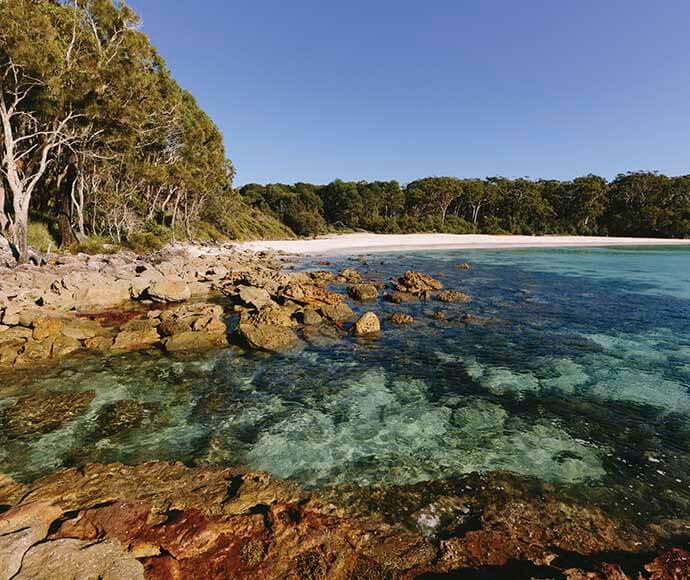
Greenfields Beach at Jervis Bay.
Ecosystem services
Estuaries act as natural filters. Water from rivers and streams can carry sediments, nutrients and pollutants into estuaries in runoff from the land, some of which can be retained in estuaries by a natural filtration process. Excessive amounts of sediment, nutrients and pollutants in runoff from the land puts estuaries and their biodiversity at risk.
This natural filtration can occur in riparian areas – the vegetated area adjacent to the edge of a waterway – where the vegetation and soils act to intercept sediment and nutrients in runoff from the land.
As rivers, creeks and streams flow into estuaries the speed of currents reduces, resulting in material being deposited into different parts of estuaries. This means water that flows to the downstream parts of estuaries and out to the ocean can be much clearer and cleaner. Clear, clean water benefits marine life and people interacting with waterways and the coast.
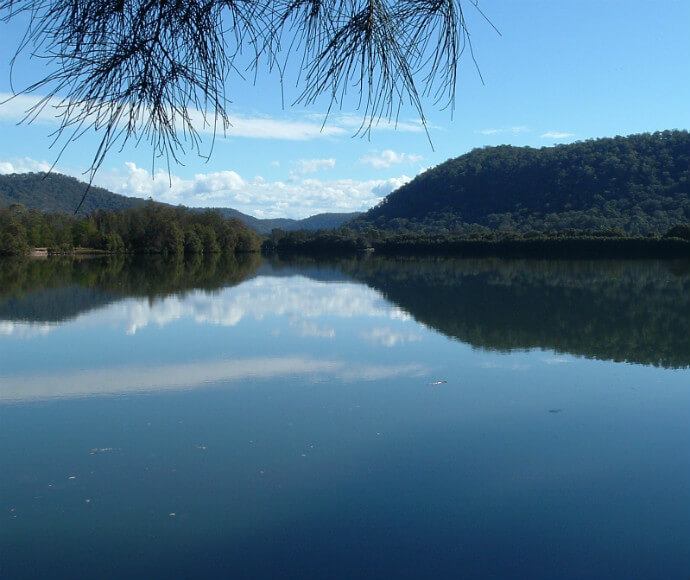
Hawkesbury-Nepean estuary downstream of Wisemans Ferry.
Cultural values
Estuaries have been used as resources for thousands of years by Indigenous coastal communities and continue to be an important part of the lives of these communities today.
This long tradition includes using estuaries in a sustainable way to ensure they remained productive.
Coastal and estuarine plants and animals played an important role in the day-to-day lives of Aboriginal coastal communities. For example, the use of traditional forms of aquaculture in estuaries, fishing and the collection of shellfish and crustaceans to eat. This continues today through traditional fishing, and other cultural and ceremonial uses.
Aboriginal coastal communities have inherent cultural rights, responsibilities and obligations to care for coastal and marine environments. The continuation of this coastal ecosystem wisdom and practices plays a pivotal role in individual and community wellbeing.
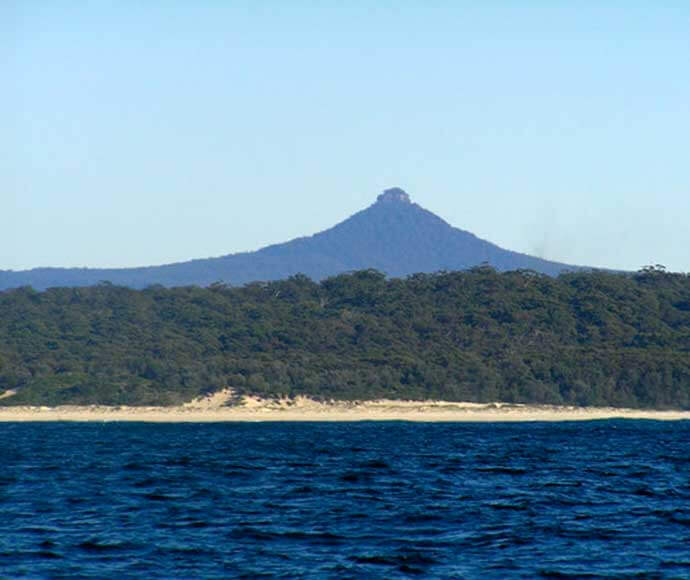
Didthul or Pigeon House Mountain on the NSW south coast.
Social values
Estuaries are one of the most important of the state’s natural resources and provide many social values. These include:
- serving as focal points for local communities – estuaries have developed as urban centres because of their location on historical transport and shipping routes, and they continue to act as focal points for local commerce and tourism
- 80% of the state’s population live in the coastal zone, meaning many people live and recreate in the vicinity of an estuary
- providing opportunities for recreational activities such as boating, fishing, swimming, scuba diving, windsurfing and bird watching
- providing aesthetic benefits and the health benefits from interaction with their natural open spaces.
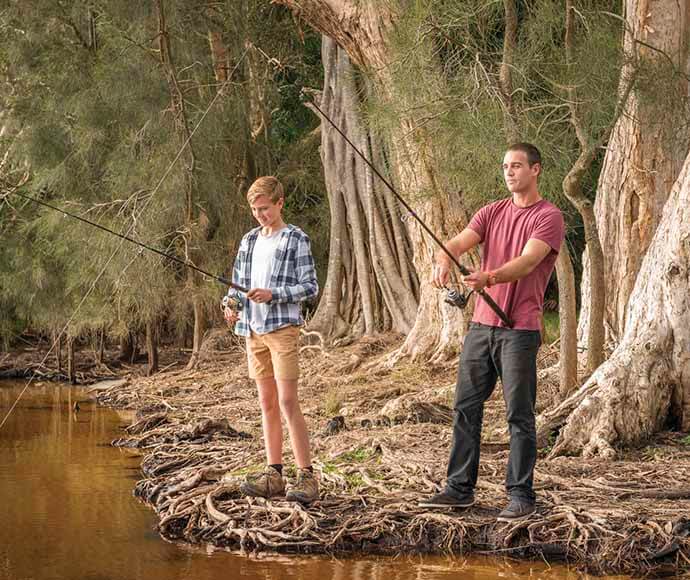
Estuaries can be popular for activities such as fishing.
Economic values
Estuaries provide support for:
- commercial fishing and aquaculture of oysters, which is worth over $80 million per year in New South Wales
- recreational fishing in estuaries, which is estimated to be worth $500 million per year, with the main target species dependent on estuarine habitats at some stage of their lifecycle
- public and private infrastructure, which is essential for shipping, transportation and industry – for example, all our large harbours and ports and most of the smaller ones are estuaries
- the building industry, which sources sand and gravel from estuaries
- estuarine tourism assets, which form an integral part of the state’s $35.6 billion per annum tourism industry
- the NSW boating industry, which directly generates over $2 billion each year.
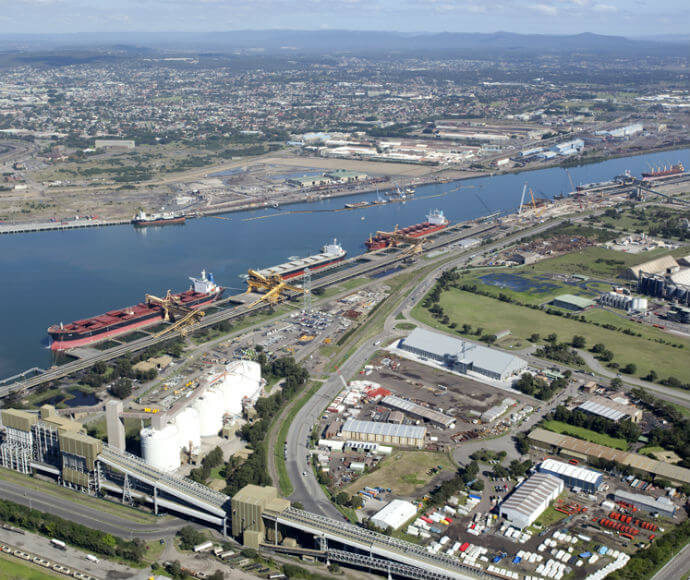
Estuaries support essential public infrastructure.